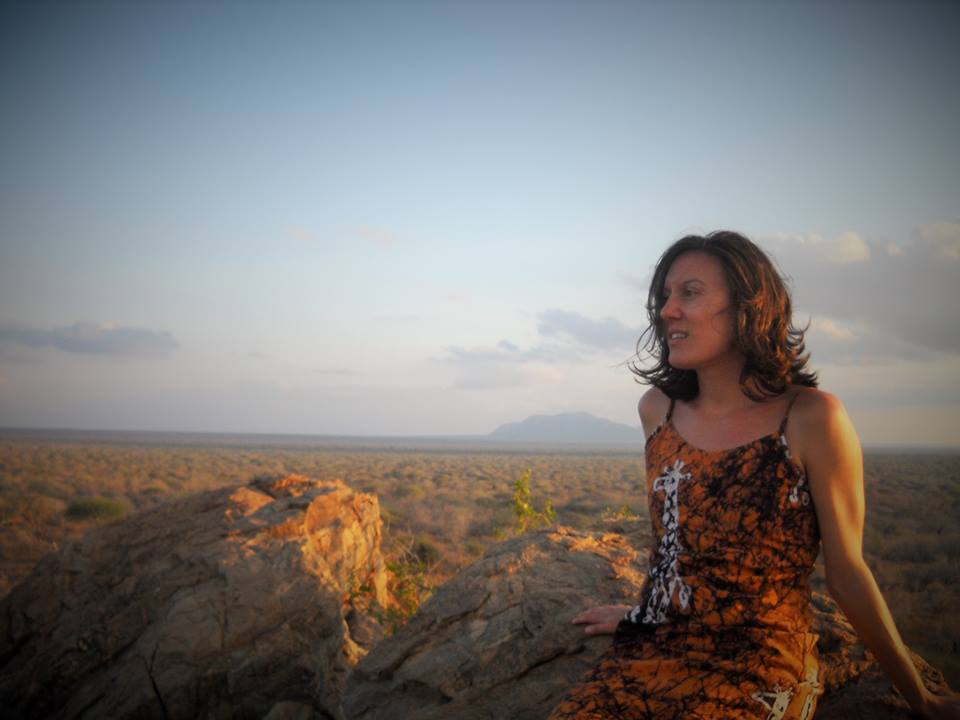Giulia Wegner
Alumni
Kaplan Scholar
A fascination with the complex relationships that exist between people and the natural environment led me to a career at the interface between the natural and the social sciences. In 2004 I gained a first class joint BSc in Environmental Sciences & Development Studies from the University of East London, UK.
This led to a series of positions with local and international development and conservation organisations, mainly in sub-Saharan Africa. In 2001-3 I coordinated a project for the sustainable harvesting and preservation of edible forest products for increased food security in rural Zambia. In 2005-6 I was responsible for Critical Ecosystem Partnership Fund (CEPF)-funded biodiversity surveys in the Eastern Arc and Coastal Forest biodiversity hotspot of Tanzania. I also co-developed a Commonwealth Development Corporation (CDC) – funded plan for sustainable timber-planting among indigenous forests and elephant routes. In 2007 I returned to Italy, my home country, where I co-designed an EU-funded multi-country project on improved management of low-input farming systems. I also became a consultant for Bioversity International, for which I revised a project on neglected agricultural species in Yemen, and developed a database on traditional crops and edible wild plants of Italy.
I returned to full-time education in 2008 and gained a first class MPhil in Land Economy from the University of Cambridge, UK. Here I deepened my interest in the social and institutional aspects of natural resource management. My thesis focused on the application of the ecosystem service framework to environmental policy-making and sustainability markets.
In October 2009 I joined WildCRU to read for a DPhil on the effectiveness of Community-Based Natural Resources Management (CB-NRM) for wildlife conservation, poverty alleviation and social justice. One focus of this research is on the conservation of large felids in sub-Saharan Africa.
If all livelihoods were secure and all nature was intact, I would happily dedicate my days to contemporary and afro dance and choreographing. In Zambia I established a performing company for HIV/AIDS awareness and prevention. Based on the work of this group, I edited the documentary-film The Cemetery of Flowers, which in 2007 won the Creative Media Competition of the EU Virus Free Generation campaign. I have also performed as a dancer for Oxford’s Ballet in Small Places.
Two fantastic adopted children from Zambia occupy most of my free time.
Selected Publications
Giulia I. Wegner, Kris A. Murray, Marco Springmann, Adrian Muller, Susanne H. Sokolow, Karen Saylors, David M. Morens (2022). Averting wildlife-borne infectious disease epidemics requires a focus on socio-ecological drivers and a redesign of the global food system. eClinicalMedicine: 47, 101386. ISSN 2589-5370. https://www.sciencedirect.com/science/article/pii/S258953702200116X
Kohler, F., Kotiaho, J., Navarro L., Desrousseaux, M., Wegner, G., Bhagwat, S., Reid, R., and Wang, T. Chapter 2: Concepts and perceptions of land degradation and restoration. In IPBES (2018): The IPBES assessment report on land degradation and restoration. Montanarella, L., Scholes, R., and Brainich, A. (eds.). Secretariat of the Intergovernmental Science-Policy Platform on Biodiversity and Ecosystem Services, Bonn, Germany, pp. 53-134. https://ipbes.net/assessment-reports/ldr
Wegner, G.I. (2016). Payments for ecosystem services (PES): a flexible, participatory, and integrated approach for improved conservation and equity outcomes. Environment, Development and Sustainability. DOI 10.1007/s10668-015-9673-7.
http://link.springer.com/article/10.1007%2Fs10668-015-9673-7
Wegner, G. and U. Pascual. (2011). Cost-benefit analysis in the context of ecosystem services for human well-being: A multidisciplinary critique. Global Environmental Change 21(2): 492–504.
http://www.sciencedirect.com/science/article/pii/S0959378010001226
Wegner, G. K.M. Howell, T. Davenport, N.D. Burgess. (2009). The forgotten ‘Coastal Forests’ of Mtwara, Tanzania: a biologically impoverished and yet important ecosystem. Journal of East African Natural History 98(2): 167–209.
http://www.bioone.org/doi/abs/10.2982/028.098.0202






